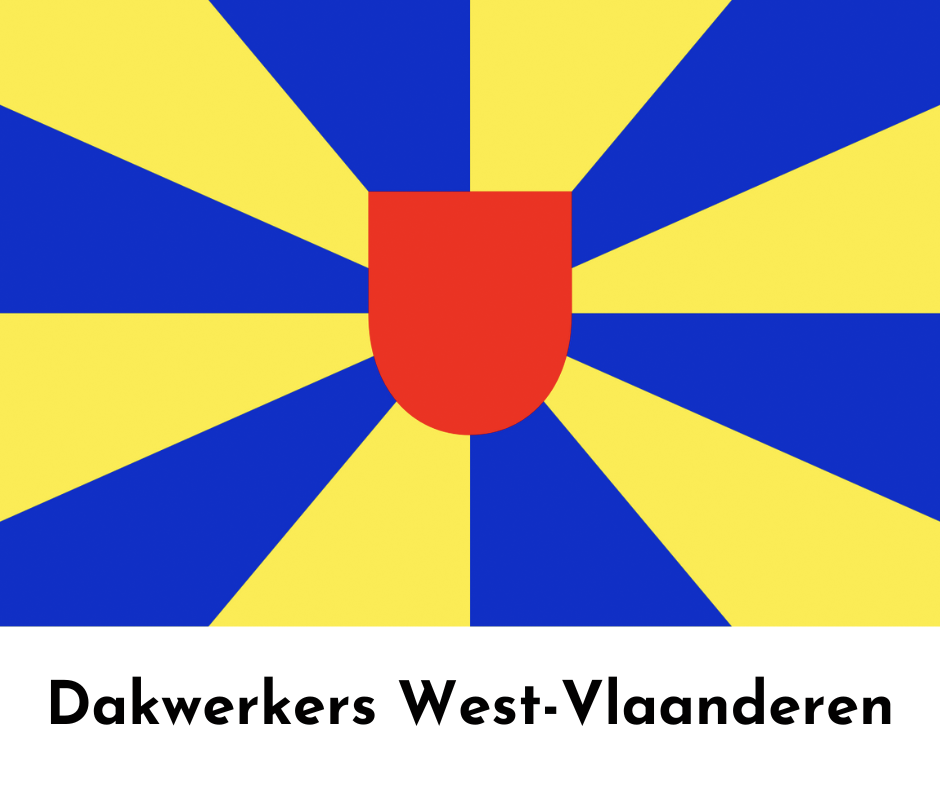Green roofing solutions are transforming the architectural landscape around the globe, and West Flanders is no exception. With a growing awareness of environmental issues and urban heat effects, many homeowners and businesses in this Belgian province are turning their attention to green roofs. These innovative systems not only enhance aesthetics but also provide significant ecological benefits that contribute to a more sustainable future.
In this article, we will delve deeply into the various advantages of green roofing solutions tailored specifically for West Flanders. We'll explore various aspects including environmental impact, economic benefits, health advantages, and the overall enhancement of property values. By the end of this piece, you'll have a comprehensive understanding of why green roofs are becoming increasingly popular in this region.
The Benefits of Green Roofing Solutions in West Flanders
Green roofing solutions involve the practice of growing vegetation on building rooftops. This can include everything from simple grass layers to intricate gardens filled with a variety of plant species. But what makes these roof systems particularly beneficial for residents and businesses in West Flanders?
1. Environmental Sustainability
1.1 Reduction in Urban Heat Island Effect
One primary benefit of green roofs is their ability to mitigate the urban heat island effect—a phenomenon where urban areas experience significantly higher temperatures than their rural surroundings due to human activities.
By integrating vegetation into rooftops, cities can lower ambient air temperatures—keeping buildings cooler and reducing energy consumption for cooling systems.
Table 1: Urban Heat Island Effect Comparison
| Area Type | Average Temperature (°C) | |-------------------|--------------------------| | Urban Areas | 30 | | Suburban Areas | 28 | | Rural Areas | 25 |
1.2 Improved Air Quality
Plants naturally filter pollutants from the air through photosynthesis. A green roof contributes to cleaner air by absorbing carbon dioxide and releasing oxygen while also trapping dust and particulate matter.
2. Economic Advantages
2.1 Energy Efficiency Savings
By providing insulation, green roofs help maintain stable indoor temperatures throughout different seasons.
- In summer months, they absorb sunlight rather than reflecting it into buildings. During winter months, they retain warmth through insulation properties.
This results in lower heating and cooling costs—an undeniable economic advantage for both homeowners and businesses alike.
2.2 Increased Property Value
Investing in a green roof often enhances property value significantly. Studies show that well-designed green spaces can increase property prices by up to 15%.
Fact: Prospective buyers often look favorably upon homes with sustainable features—making properties with green roofs more desirable.
3. Health Benefits for Residents
3.1 Enhanced Mental Well-being
Access to nature has been proven to boost mental health—reducing stress levels and promoting relaxation. Green roofs offer an oasis amidst bustling urban environments—providing spaces for recreation or rest.
3.2 Improved Biodiversity
Green roofs can serve as habitats for various species including birds, bees, and butterflies which are essential for pollination processes.

4. Stormwater Management
4.1 Reducing Rainwater Runoff
West Flanders faces challenges related to heavy rainfall leading to flooding issues; however, green roofs effectively manage stormwater by absorbing rainwater through soil layers.
This reduces strain on drainage systems while simultaneously ensuring that excess runoff is minimized—helping maintain local water quality.
5. Aesthetic Appeal and Community Engagement
5.1 Beautification of Urban Landscapes
Beyond functionality, green roofs add beauty to urban environments—transforming grey spaces into vibrant green areas that enhance community aesthetics.
5.2 Promoting Community Interaction
Green spaces foster social interaction among residents—they can act as communal gardens or places for gatherings—which cultivates community spirit.
6. Challenges Facing Green Roofing Solutions in West Flanders
While there are numerous benefits associated with green roofing solutions in West Flanders, potential challenges exist that need considerations:
- Initial installation costs Ongoing maintenance needs Weight-bearing capacity of existing structures
However, addressing these challenges through proper planning can lead to successful implementation.
FAQs about Green Roofing Solutions
Q: What types of plants are suitable for green roofing?
A: Native plants that require less water and maintenance are ideal choices for green roofs such as sedums or grasses specifically adapted for rooftop environments.
Q: How long do green roofs last?
A: With proper care and maintenance, many green roofs can last between 40-50 years or longer!
Q: Are there any financial incentives available?
A: Yes! Many municipalities offer grants or tax credits aimed at encouraging sustainable building practices—including installing green roofs.
Q: What’s the difference between extensive and intensive green roofs?
A: Extensive systems have shallow soil depths (around 10 cm) suited mainly for low-maintenance plants; intensive systems have deeper soil (over 20 cm) allowing more diverse plant species but requiring more upkeep!
Dakdekker lokaal
Q: Can I install a garden on my flat roof?
A: Absolutely! Flat roofs are excellent candidates for both extensive and intensive green roofing options depending on your preferences!
Q: How does weather affect my investment?
A: Weather conditions can impact plant growth; however, selecting native flora that's drought-resistant helps ensure your garden thrives year-round regardless of climate fluctuations!
Conclusion
In summary, exploring the benefits of green roofing solutions in West Flanders unveils a wealth of opportunities—from enhancing environmental sustainability and economic savings to promoting health improvements among residents—all while adding aesthetic charm!
As we face increasing environmental challenges globally—and locally—it’s crucial that communities consider innovative solutions like these not just as trends but integral parts of future design strategies focused on resilience against climate change impacts! So why wait? Dive into adopting greener practices today!